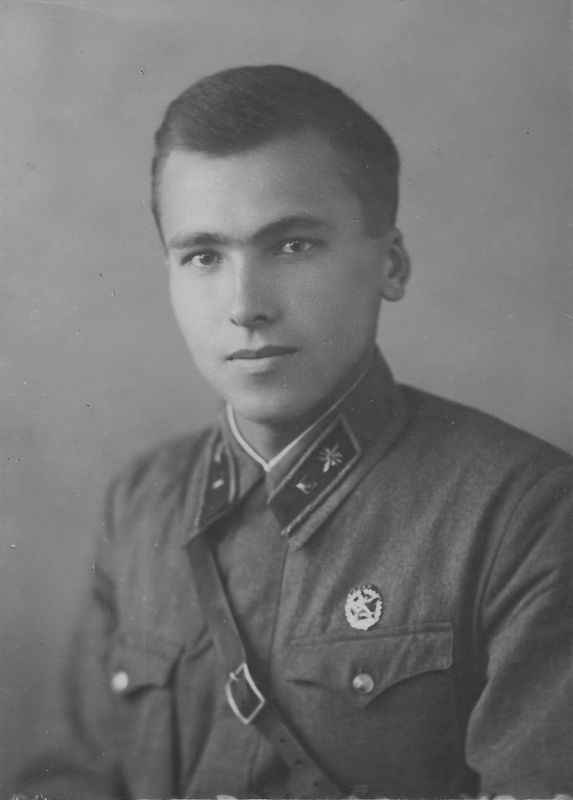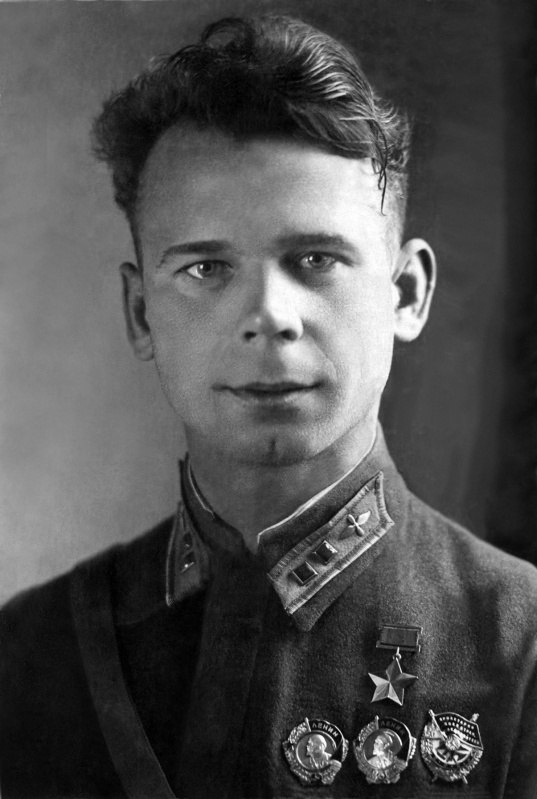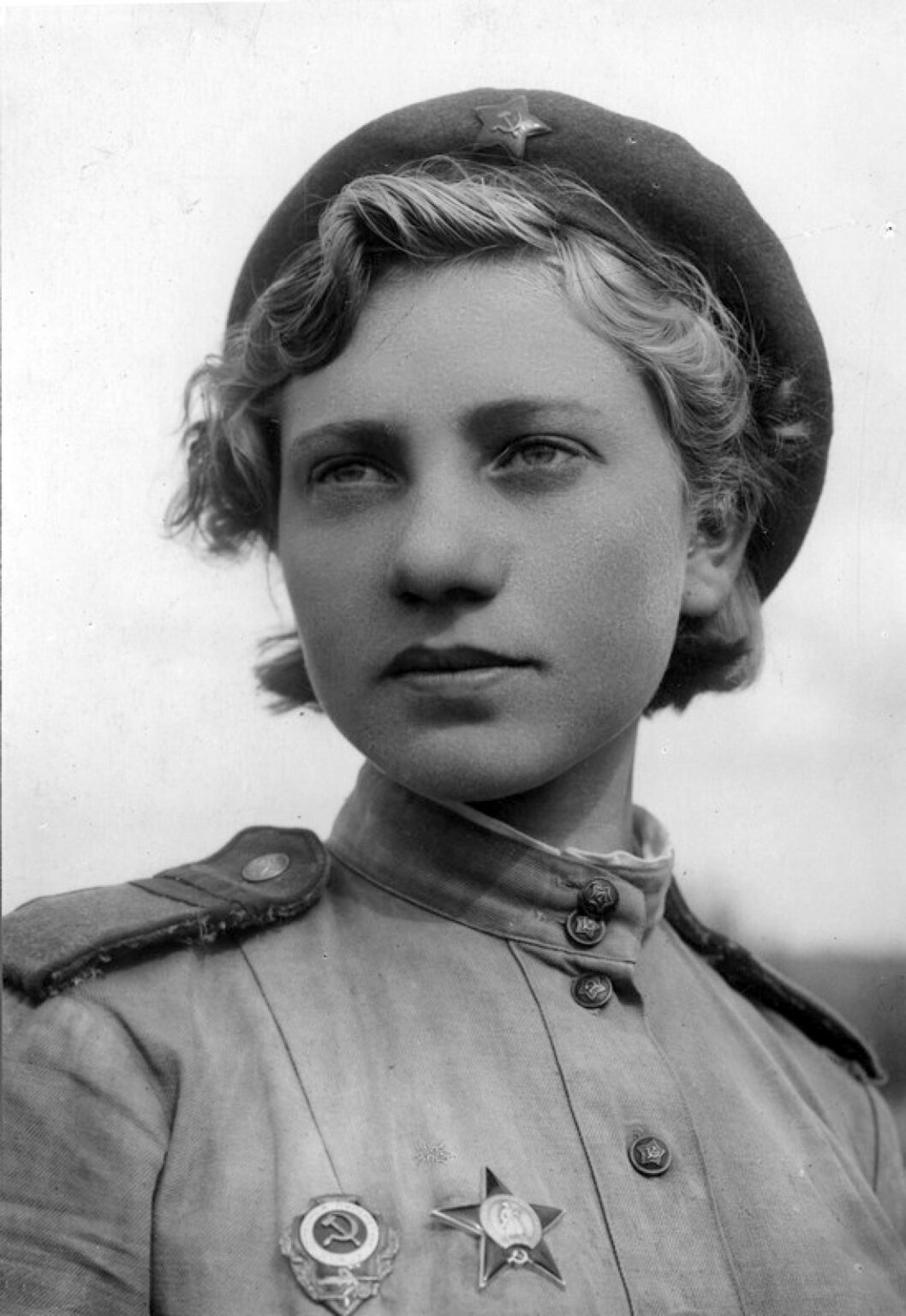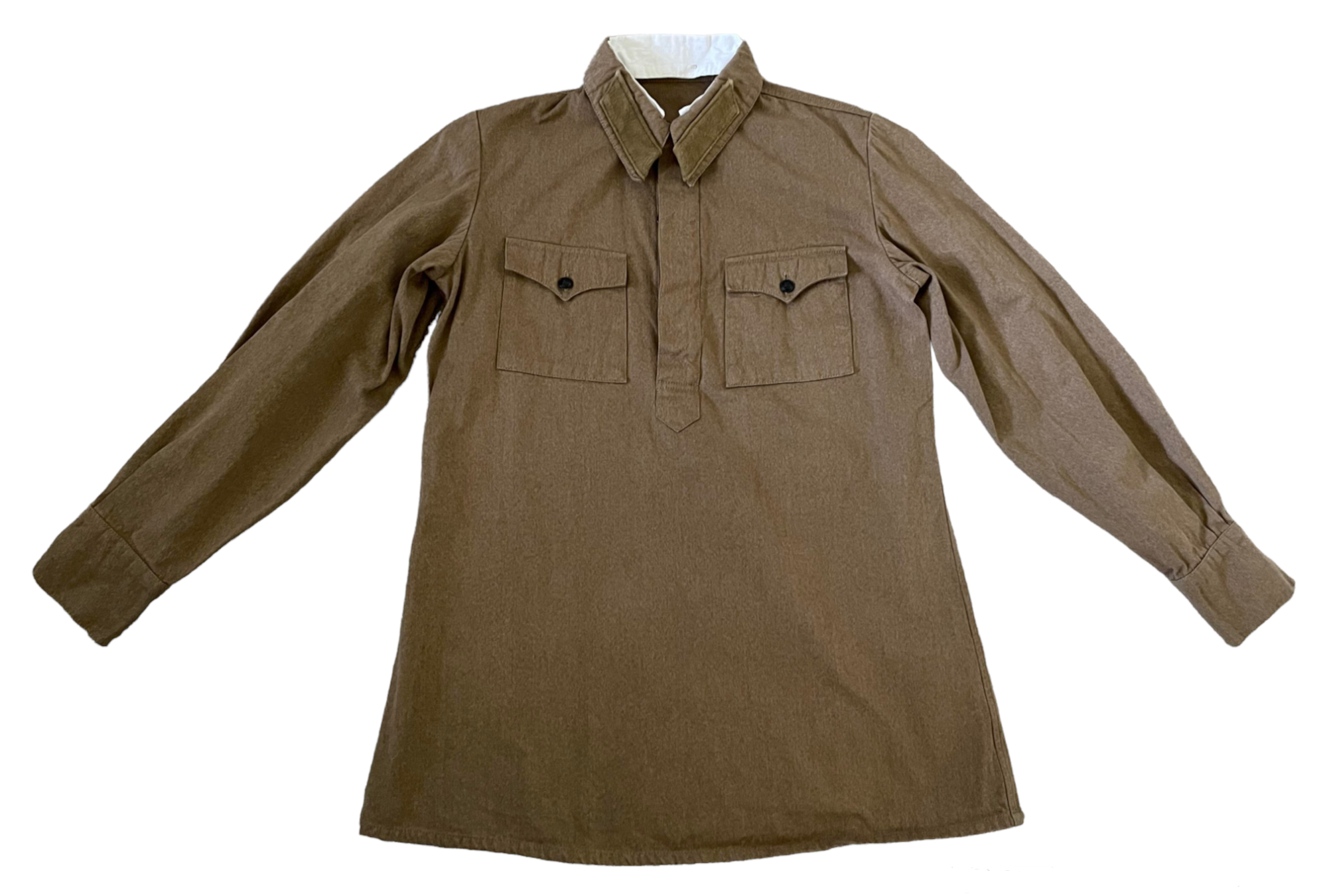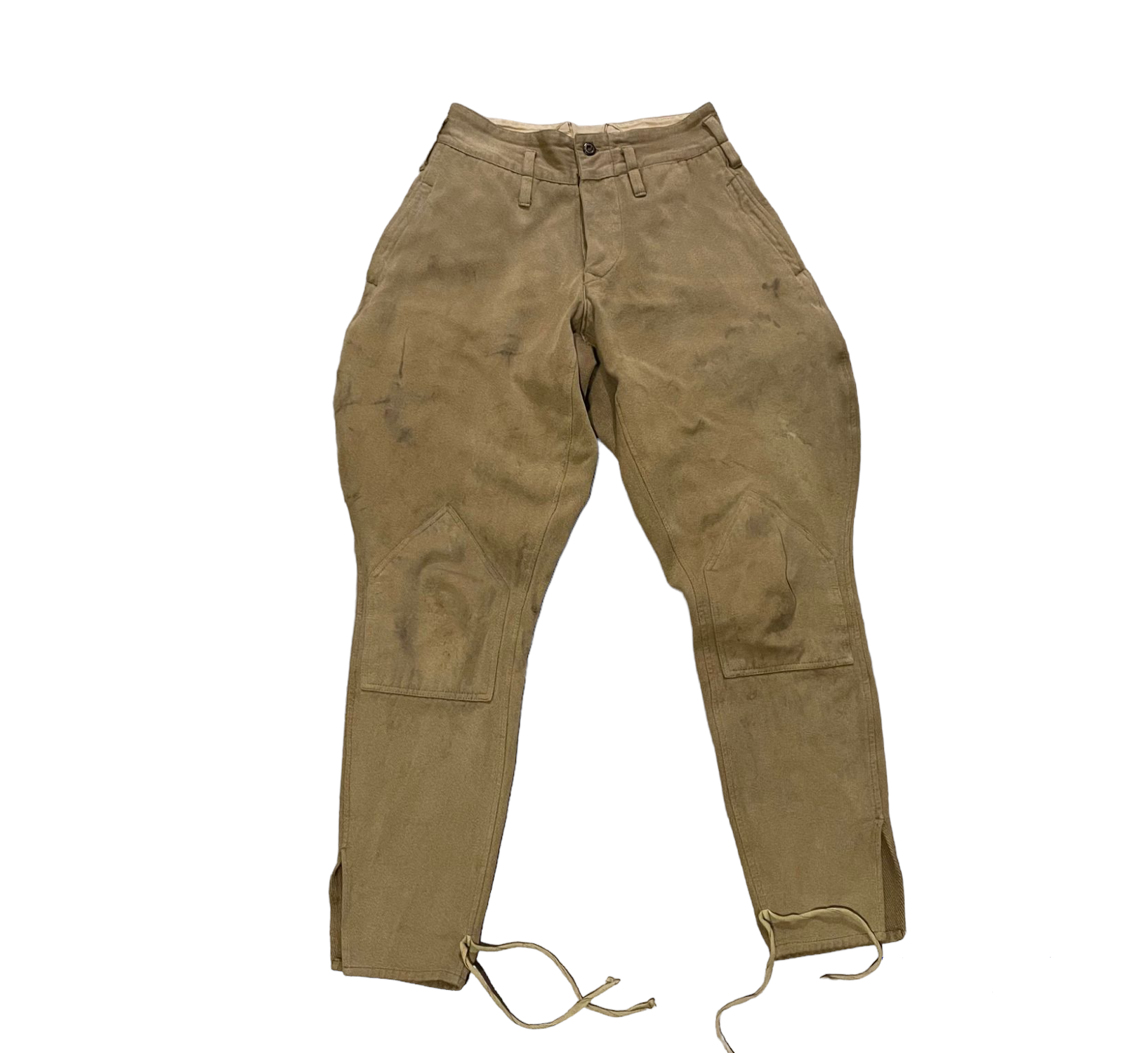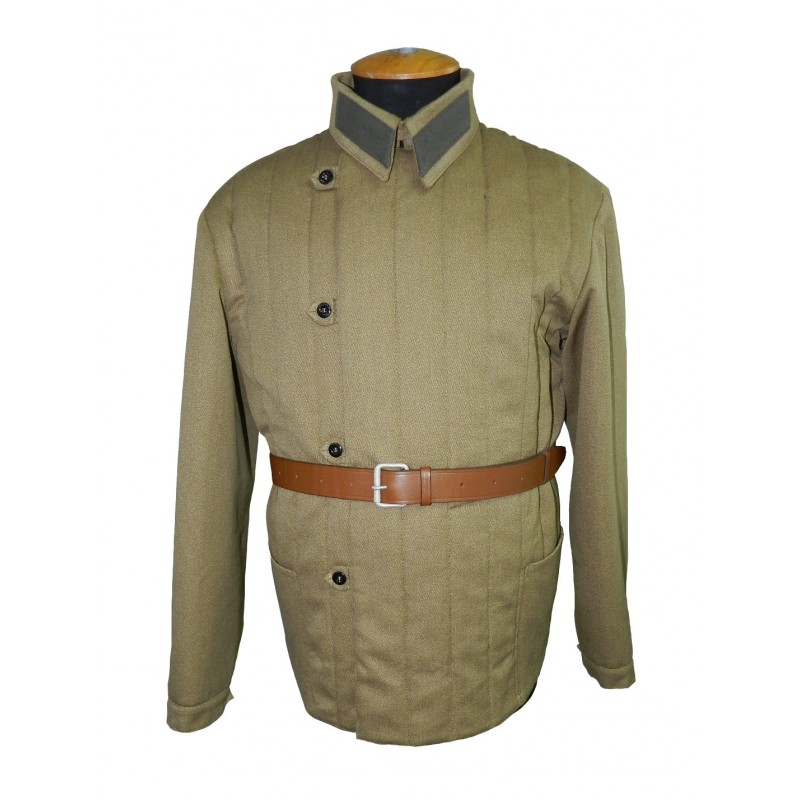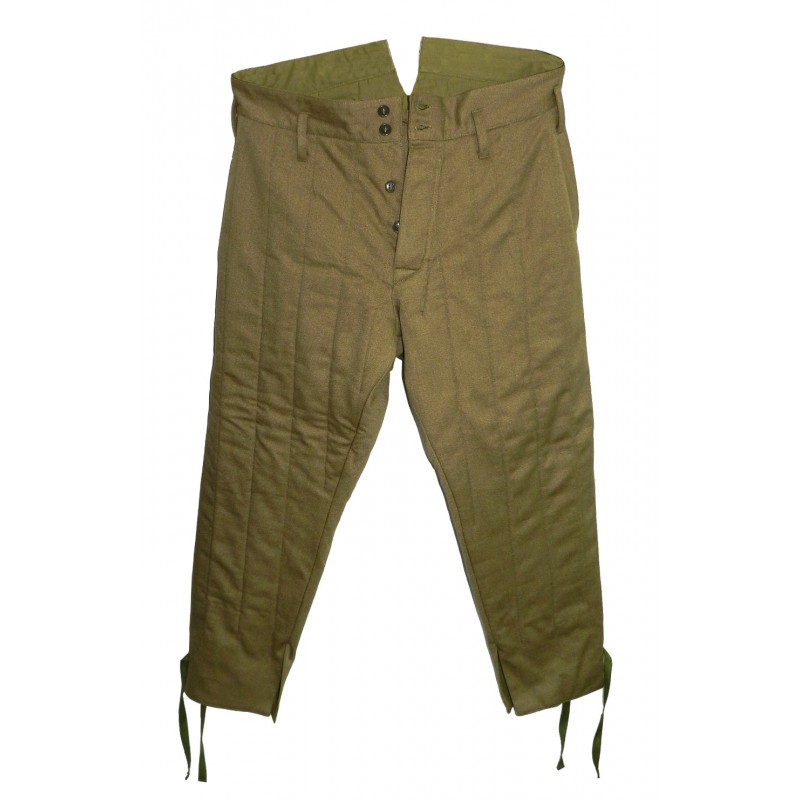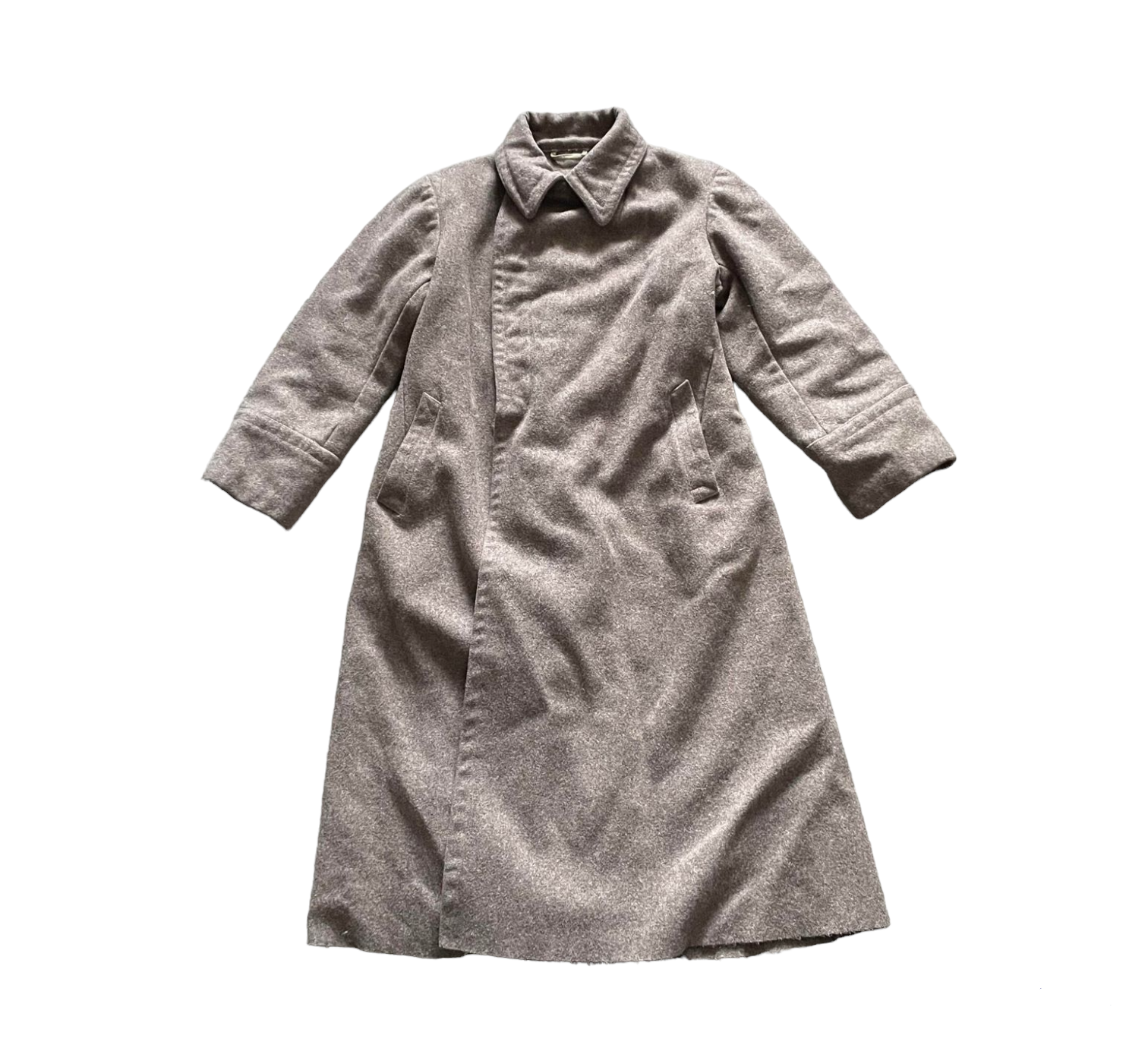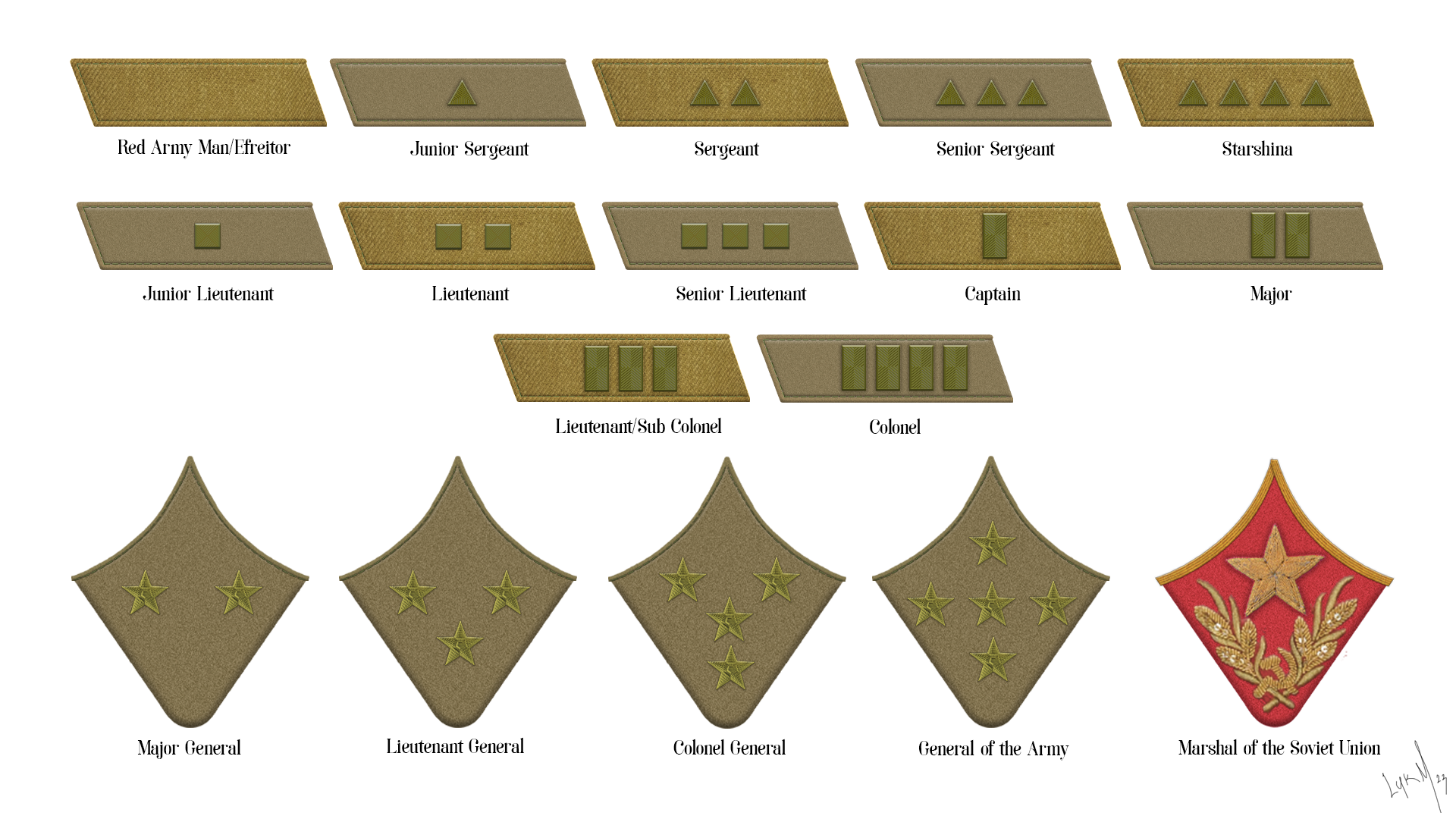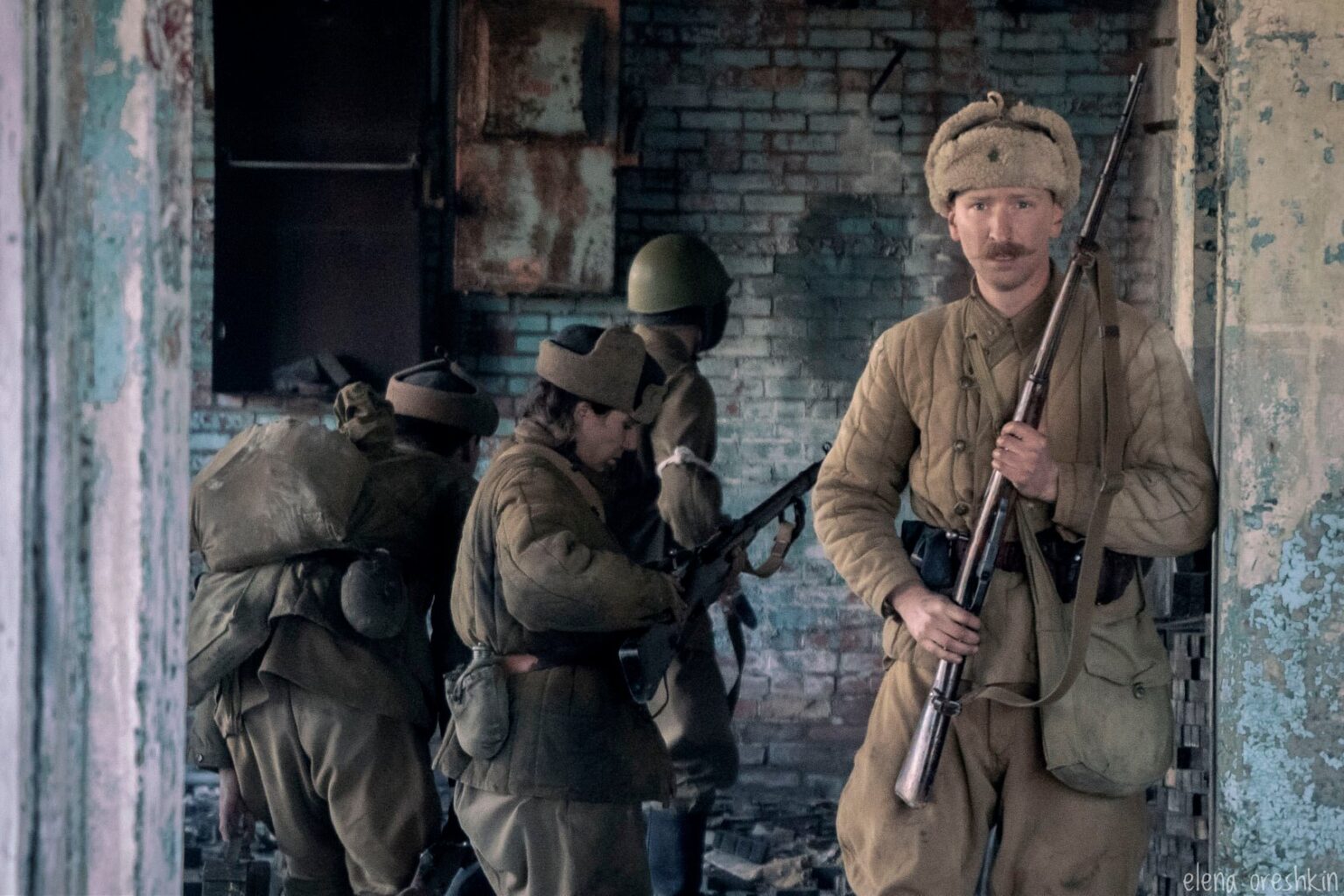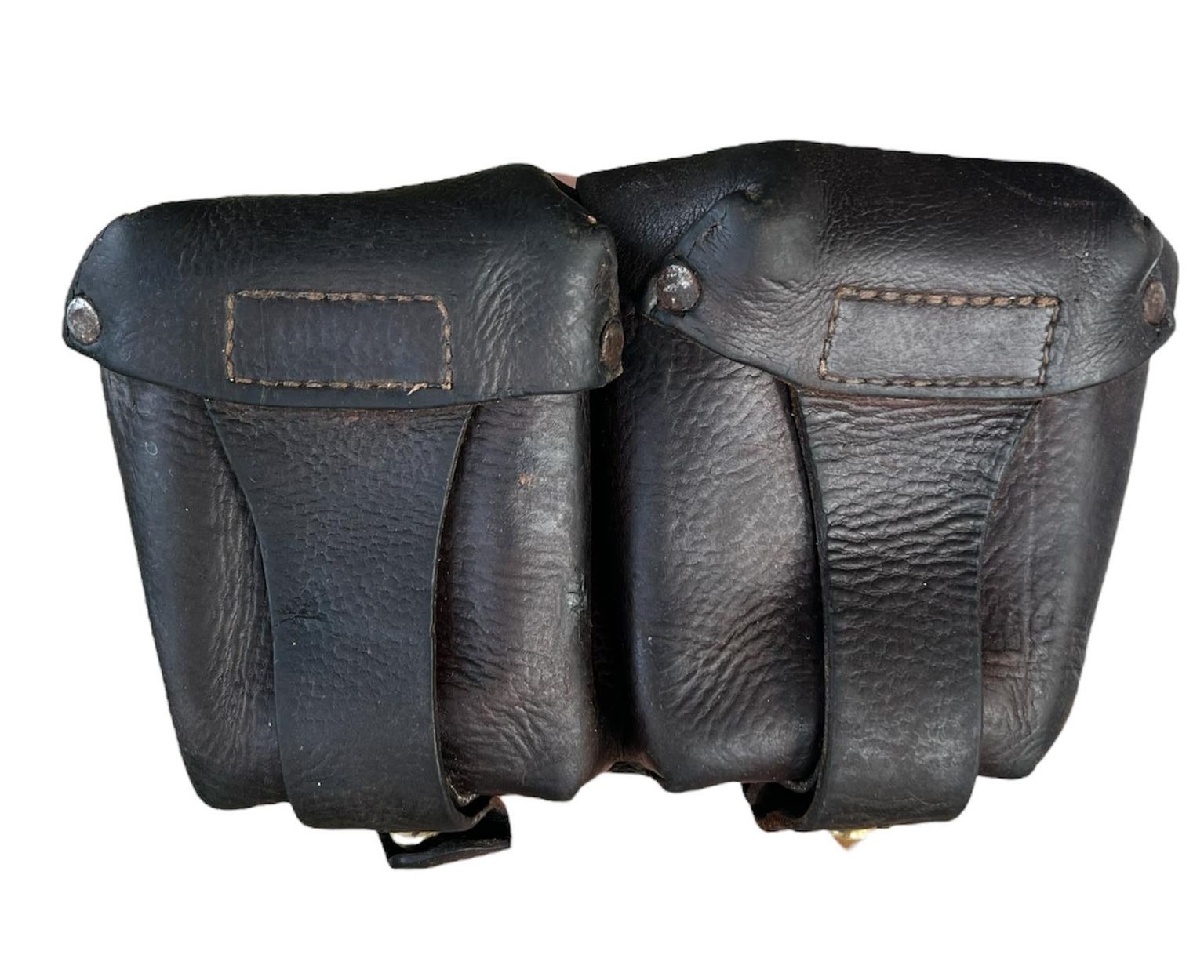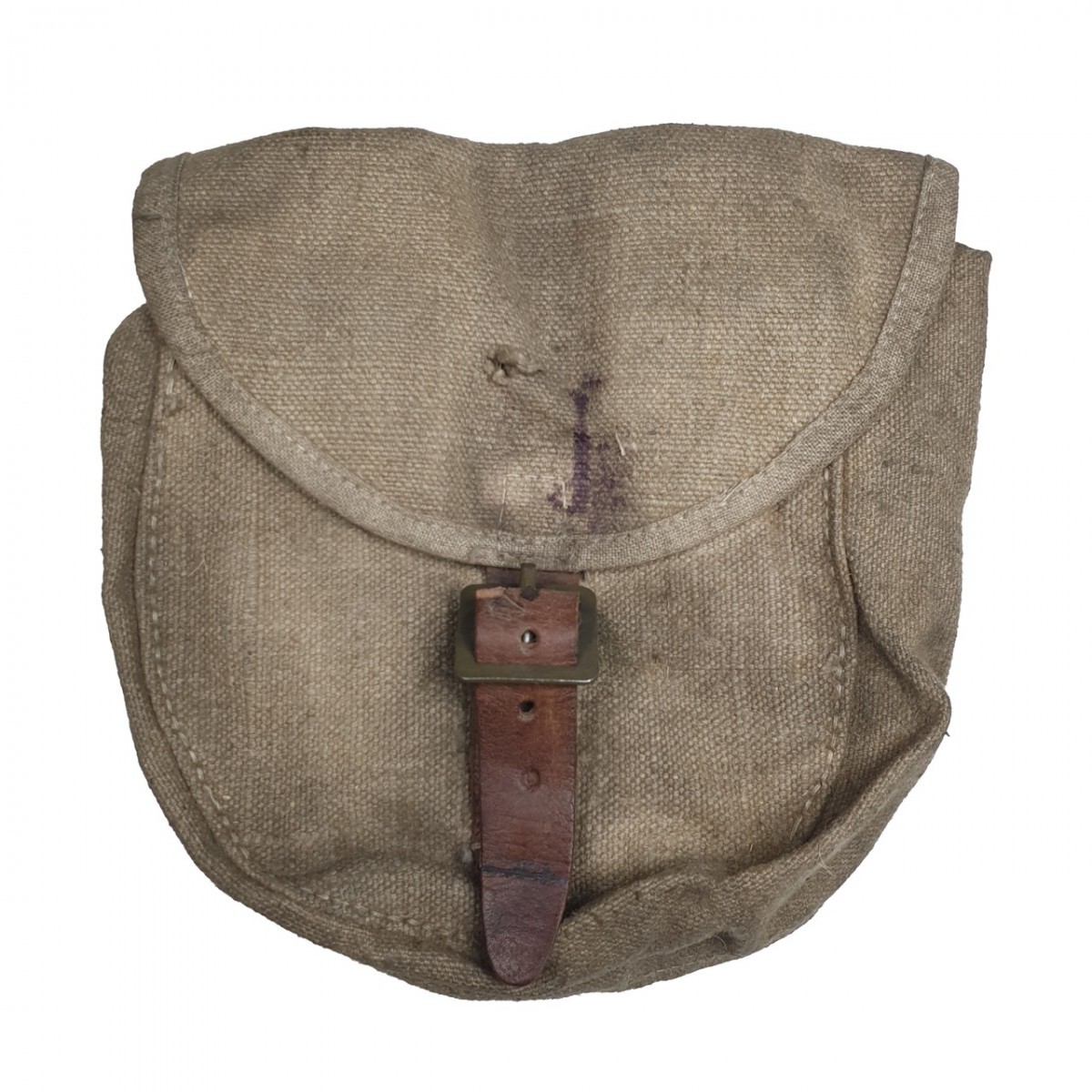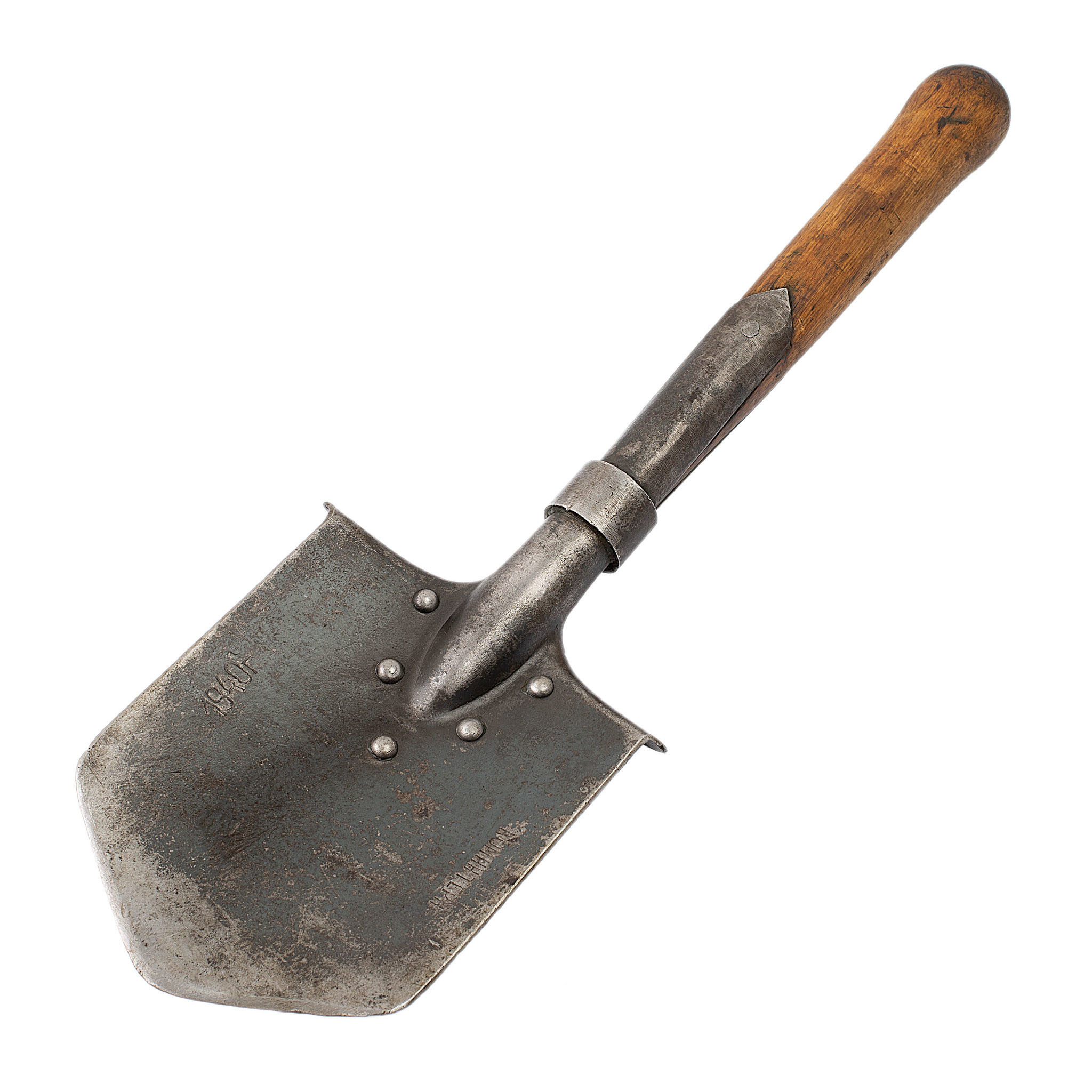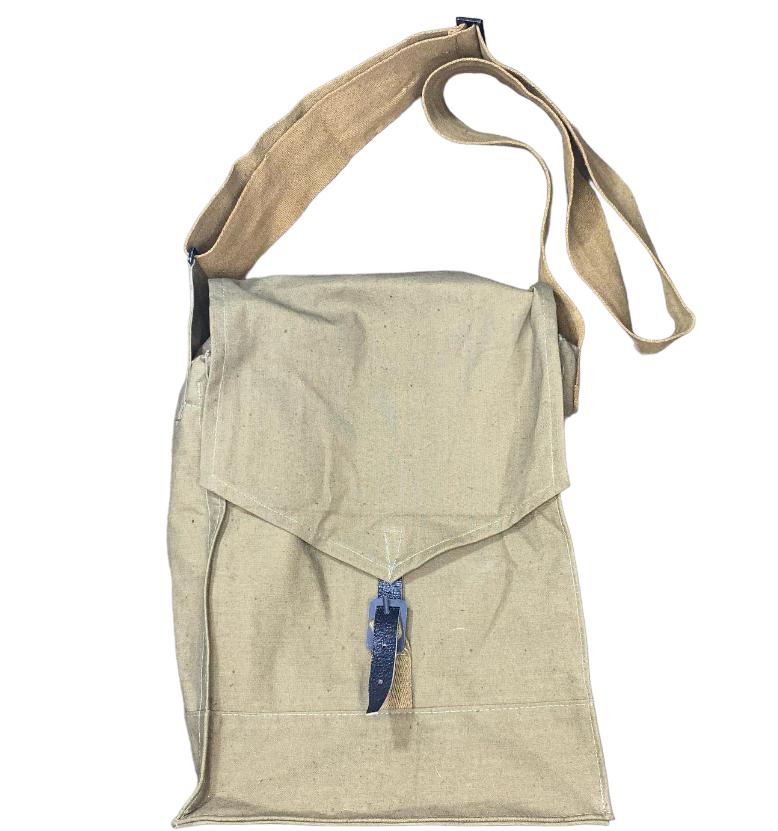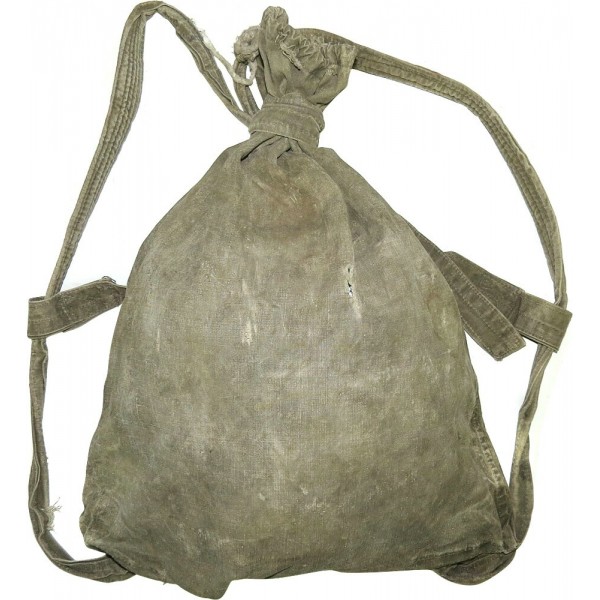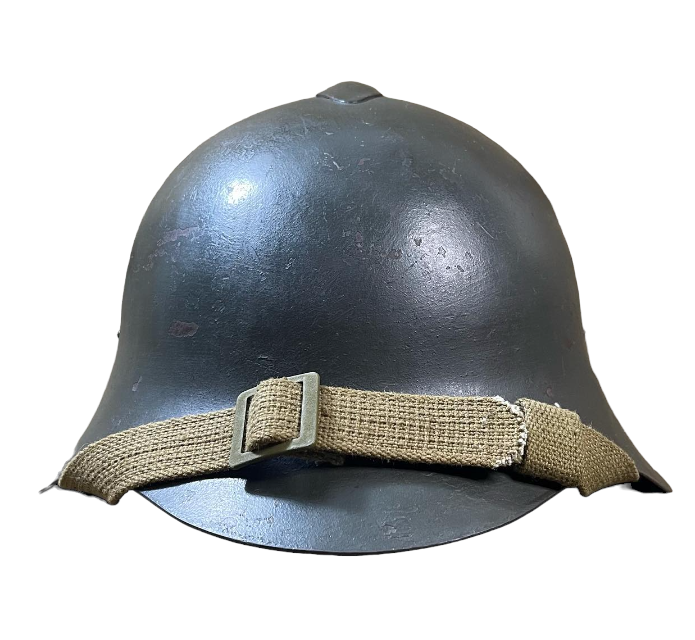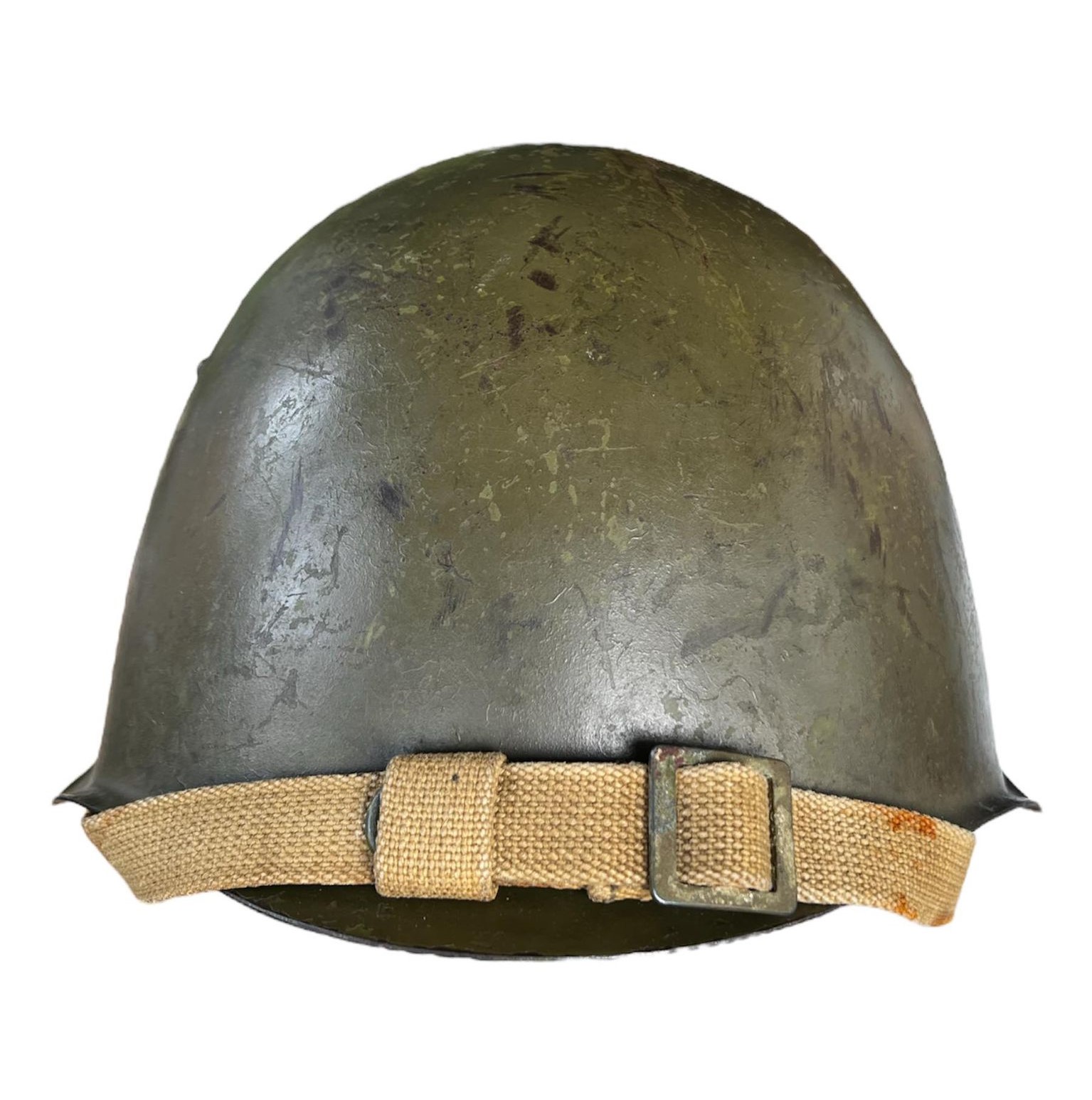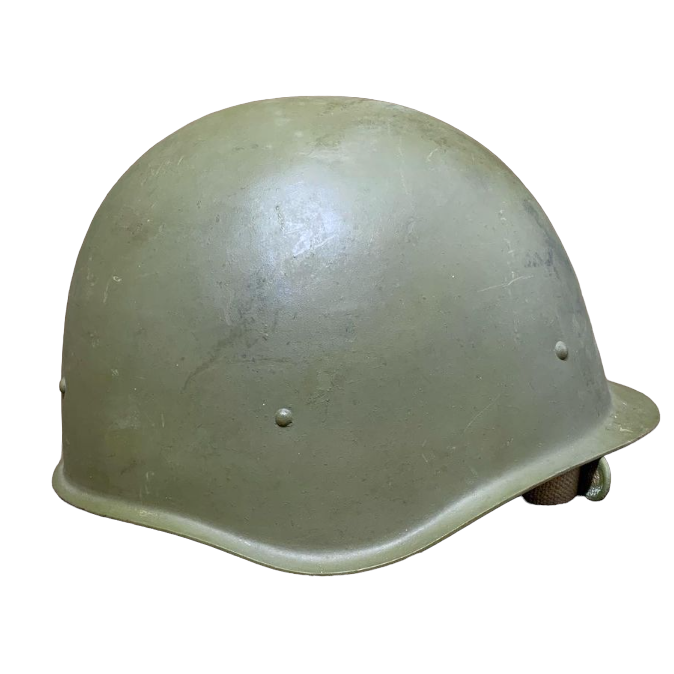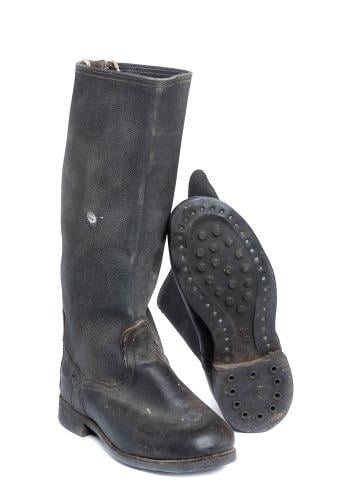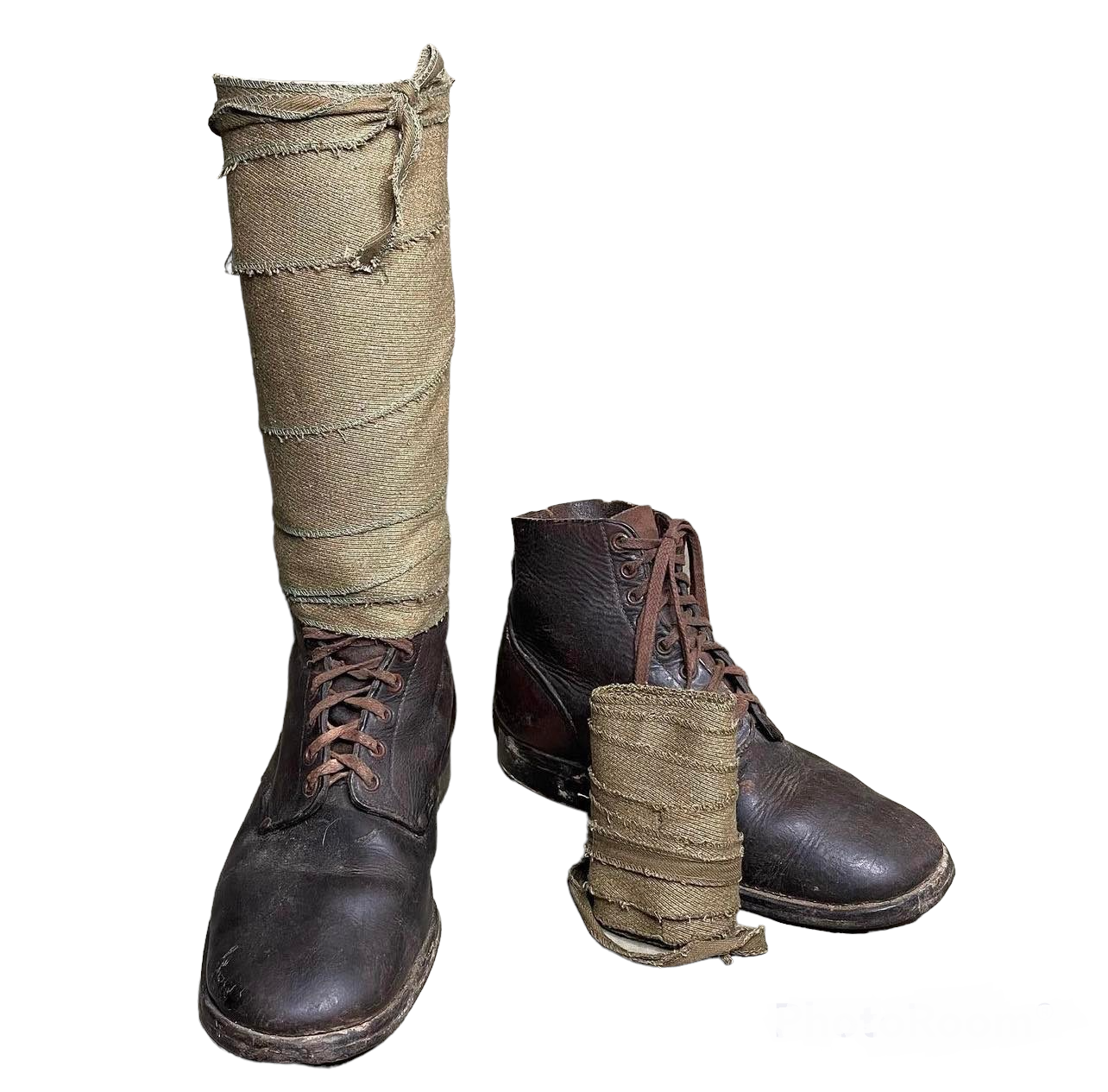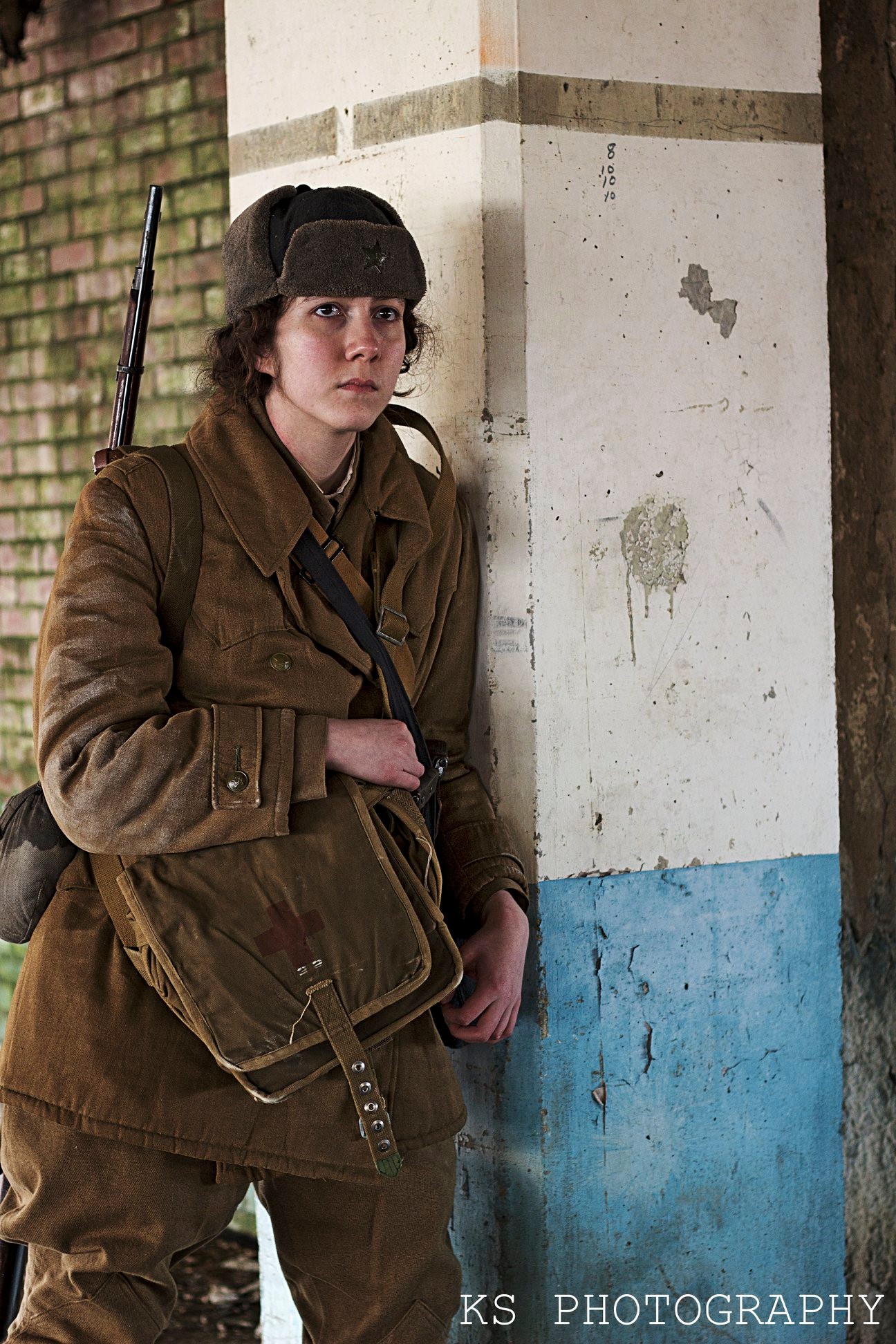Stalingrad Infantry
By Andrew Wurth
This guide refers to the guidelines used for the renounced 2020 Stalingrad Factory Total War Event. All Soviet Reenactors will be portraying the 138th Rifle Division, 650th Rifle Regiment, 1st battalion in defense of the “П” house (main administrative building) of the Barricades Ordnance Factory on November 10-12, 1942. For most impressions, this will not require any serious alterations. Guards badges and any awards, insignia, etc. that wouldn’t fit the unit and scenario must be removed. There will be no Naval, Militia, Partisan, or VDV impressions at this event.
The 138th Rifle Division was originally formed in September 1939. By December they were already engaged in Finland on the Karelian Isthmus. When war broke out, they were shifted into the Crimean Front. They were nearly destroyed near Kerch in May 1942. Upon refitting, they were engaged heavily in Operation Blue. On the night of October 16th-17th, they were ferried across the Volga into the Barrikady Ordnance Factory in Stalingrad. Building by Building, the Germans pushed them out of the Barrikady Factory until, by November 10th, 1942, only a foothold remained. During the Actions of November 11th-13th, the elements of the 650th Rifle Regiment in the Apothecary and the “П” house were eliminated with very few escaping survivors. The Germans drove a wedge in the Soviet Defences, reached the Volga on a narrow salient, and put direct small arms fire on the 138th Division Headquarters. Of the ~80 defenders of the “П” House, only 6 survived November 13th, 1942. Of those 6, only 2 were able to continue fighting.
“The entire regiment only had 90 men at the beginning of the day, including the few replacements scraped together from staff and rear echelon units. As for weaponry, it had 61 rifles, 2 heavy machine-guns, 3 light machine-guns, 2 anti-tank rifles, 13 PPSh, and 7 mortars.” -650th Rifle Regiment Strength as of November 12th, 1942, taken from Jason Mark’s “Island of Fire”
Grooming and Glasses
Hair regulations are rather loose, and 99% of reenactors won’t have to worry at all.
Men’s- Any period-correct men’s haircut is fine. (If your hair isn’t ridiculous you should be fine)
Red Army men wore mostly shaved heads but undercut/kraut cuts seem to be very common. Do not dye your hair unnatural colors.
Mustache- roots shouldn’t extend past the corners of your mouth.
Beards- They were rare, and almost all on Civil War veterans, men with facial scars, or ethnic formations. They were almost all natural growth and not shaped or styled. If you can, please shave.
Women’s- hair should be short enough to tuck/pin under an ushanka/beret or braided to the sides (not the back). The only unnatural hair color allowed is henna. Henna (red) and Basma (black) were the only hair dyes available in the Soviet Union. This is not a cheap impression for reenactors uninterested girlfriends, and we will be giving the female side of history the respect it deserves. Makeup- It should be unnoticeable if any is used at all. While cosmetics were a major part of the second 5-year plan, wartime shortages and strict regulations limited their use substantially.
Glasses- (if worn) must be period correct. Soviet styles are obviously preferred but other period frames are acceptable.
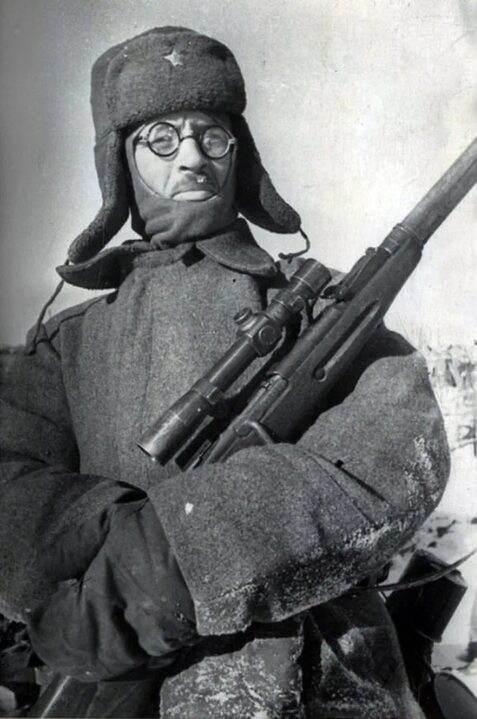
Clothing and Insignia
Model 1935 Gymnastyorka
A tricot pullover cotton tunic, with stand and fall collar and front buttons concealed by a fly front. Two pockets on the front. Also has elbow reinforcements. Can be cotton or wool, for winter use. A white strip of cotton, usually 3-5 cm wide, is sewn into the collar of the uniform to protect it from sweat. You need a collar liner in your tunic. Voin, Schuster, and Voenspec make excellent tunics.
Padded Trousers - Telogreika
Greatcoat
A woolen, double breasted coat, closed by hooks and eyes. On the collar, you should have Model 1941 insignia, or no insignia at all. Models appropriate for 1942 include the Model 1932, 1938, and 1941. Color should range from greyish white to steel gray to light brown. Try to avoid model 1969 “Brezhnev” coats. Voin and Schusters offer solid reproductions.
Obr.35 "Double-breasted coat"
Model 1940 Ushanka
The famous Soviet winter cap, issued from October to April usually. It is a flapped cap, with a baika (flannel) body, edged in artificial fur. The fur should be short and almost carpet-like. Officers had real fur on their caps. Like the pilotka, it could have an enameled red star or a tinned green star. Schuster makes an acceptable copy, but the premier vendor is The Other Hat Guy on Facebook.
Model 1941 Insignia
All combat troops would now wear a solid green-colored collar insignia, with no branch piping. These insignia were made from cotton flannel, tunic material, or more rarely, wool. Rank was still shown with enameled red triangles for NCOs, and squares, rectangles, and diamonds for officers. Diamond shaped patches were worn on the overcoat, in the same subdued colour. Voin, Schuster, and Red Guard Militaria (RGM) offer excellent tabs, while Voin and St. Petersburg artisans make the rank devices. (See above photo of 1935 tunic for example of 1941 insigina.)
Field Gear
-NO Kirza (fake leather) Mosin pouches
-NO f1 grenade pouches
-NO metal grommet platsches.
–NO “motor rifles” meshoks with straps and a pouch on the outside
Please, no “Y” Straps. They would have been rare at this point.
Obr.39 packs and Obr.36 Ranets are allowed in limited numbers as they are occasionally seen.
Model 1937 Rifle Pouches
One leather pouch for Mosin or SVT ammo was usually carried at this point in the war, on the front right of the belt. The Model 1937 pouch had many variations of its closure strap, but the basic design of a two celled box with a ring on the back remained constant. Do not use Kirza ammo pouches. RGM is the premier maker of reproductions, but for a cheaper option early East German examples can be used if properly darkened. RGM, Voin, and Schusters all make a variety of rifle pouches.
PPSh-41 Drum Pouch
With the mass issue of the new PPSh submachine gun in 1942, a cloth pouch for the drum magazine was issued and worn in the same spot as the rifle pouch. Only one pouch was issued. Soldiers generally had two drums for the gun, one kept in the pouch, and one in the gun. RGM makes excellent reproduction pouches and occasionally has original drum pouches for sale.
Canteen and Carrier
The surrounding of Leningrad meant that the Soviet Union had troubled access to its largest and most productive manufacturer of aluminum cookware, the Red Vyborger factory. The practical effect of this is that the Model 1932 canteen, with a screwtop, becomes scarcer in army inventory. As such, glass canteens emerge to fill the gap, and both can be used for 1942. East German reparations canteens are the closest non original item. Postwar canteens are acceptable if one has removed the paint, but try to avoid them if possible. It should be contained in a Model 1941 carrier, a cotton bag with a closure that goes over the top of the bottle. Leningrad Restoration Workshop restores and sells original Soviet canteens.
Mess Kit
As mentioned before, the difficulty of access to the products of the Red Vyborger factory meant substitution of products. This was the massive return of tinned steel pots to the army, and this model would dominate through the war. However, the existing stocks of the Model 1936 mess kit and older Model 1927 aluminum pots would be issued and used in 1942. Captured German Model 1931 mess kits are an option as well. Soldiers also carried a mug and spoon, and since they usually brought their own when they were mobilized, there is no standard model. Avoid modern graniteware cups, with their telltale exposed metal rim at the top. Leningrad Restoration Workshop restores and sells original Soviet mess kits.
Gasmask and Bag
In 1942, gasmask bags can still be seen in fairly widespread use. The Model 1940 , with its lack of side pockets, was the most common. Model 1936 models were rarer, as well as Model 1928s. Bags become rarer as 1942 goes on, and could no longer be considered essential by the end of the year. The main mask of the Red Army during this period was the ShM-1, a hood style mask that connected with a cloth covered hose to a MT-4 filter. The MT-4 is a flatish box filter, painted green and with ribs for reinforcement. Or you can use the mask bag as storage for items, as Red Army men did. RGM makes excellent Model 1940 bags.
Backpacks - Veshmeshok
A simple “pillow case with a strap”, the veshmeshok was a bag that entered Tsarist service in 1869, and continued in Soviet service until the 1980s. WWII models were the Model 1930 and 1941, which was slightly shorter to save on material. Both are acceptable for 1942 use. This should be your first choice for a 1942 impression as well as the rest of the war as the older obr. 36 and obr. 39 models were quickly replaced be the much easier to produce meeshok. RGM, Voin, and Schuster make excellent repros.
Helmets
SSH-36
Introduced in 1936, this model of helmet is iconic for it’s prewar use and blend of design influences. For 1941, the helm can have a star on the front or be left blank. Originals are out there, but IMA and W0rld War Supply make reproductions, with the WWS model being higher quality but only made in a smaller size (55-58cm head, although you can modify the liner to fit a 59). This helmet was seen in early 1942, but fades from use by the late summer. Shoot for a 39 or 40 for 1942.
SSH-39
In 1939, a new helmet was introduced to RKKA soldiers. Its domed shape would become the basis for most future Soviet helmets. These helmets had the same liner as the SSH36, which led to issues of winter use. Originals are very pricey, and no reproductions are made. Be weary of Czech Vz53 helmets modified to resemble the SSH-39, they are not correct. This should be your second choice for a 1942 impression.
SSH-40
A further modification of the SSh-39, with the intention of improving the helmet for winter use. A new three pad liner allows the wearing of winter headgear (balaclavas, ushanki) under the helmet with some comfort. These helmets were just entering production in early 1941, and started to make it to the front in large numbers by mid 1942. Thus, this should be your first choice for a 1942 impression. Originals and examples made postwar are common, and can be had cheaply. They were made in three sizes, with Size 1 being for 54-57 heads, Size 2 for 58-60, and Size 3 for 61+.
Footwear
Jackboots
Beginning in 1942, we see economization of this iconic piece of kit. Instead of all leather construction, we begin to see boots made with kirza shafts. Kirza is a type of artificial leather, made from impregnated canvas. The shaft still rises up to above the calf, and retain the distinct Soviet “stovepipe” shape. The soles could be smooth leather, or beginning this year, a rubber “dot” pattern emerges. Postwar dot soles are slightly different from wartime, but don’t let this stop you from buying dot soles for a mid-war impression. This is a hard piece of gear to get, as postwar examples that are correct have largely dried up, especially in bigger sizes. There were reproductions made, but they seem to have been all sold and are only encountered on the secondary market.
Low Boots and Puttees
In a economizing measure, low boots and puttees were reintroduced to the Red Army by 1938. These boots were very similar to German models, with 9 eyelet rows and a curved vamp. Soviet boots however were made from smooth side out leather. 1942 sees the rubber “dot” sole appear, and they are encountered on lowboots as well. Lend-lease models of lowboot can start to be used as LL began to arrive in large quantities in 1943. British Ammo boots would be the main foreign model, along with captured German examples. These were always worn with puttees, and in 1943, khaki and green puttees dominate. As with jackboots, this is a hard piece of kit to get, with repros and postwar usable examples disappearing from the market. Voenspec and Schuster make the puttees in all colors, though.
Impression Photos

